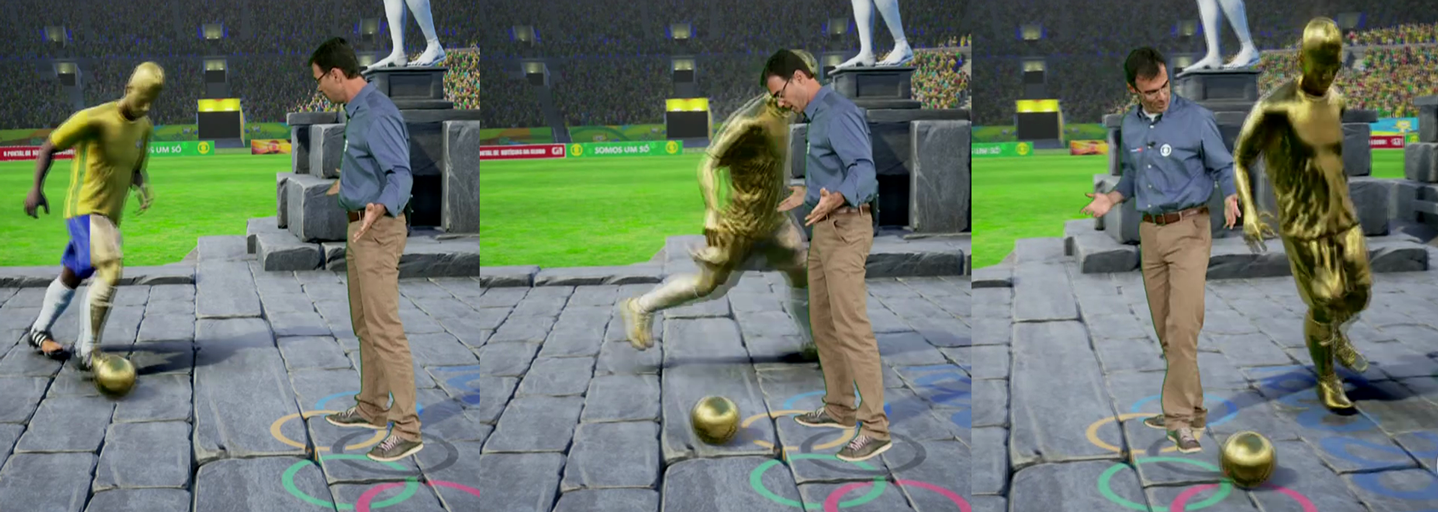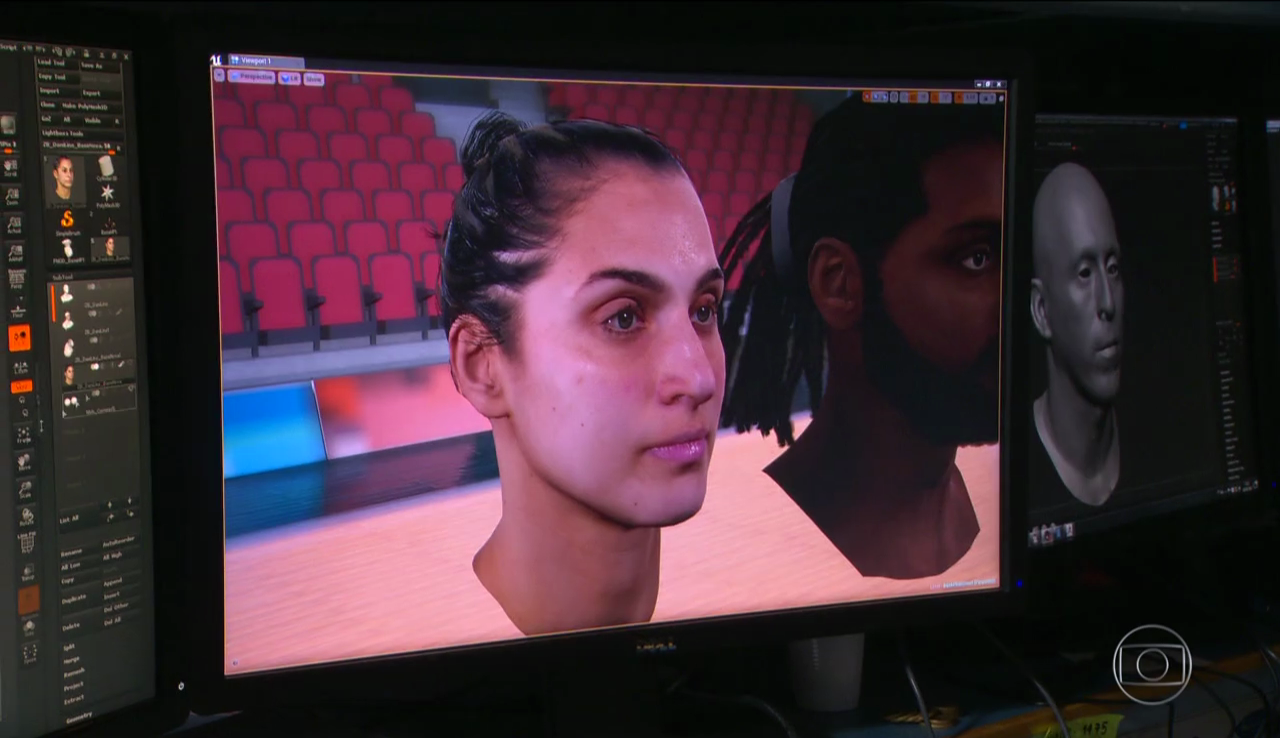As the 2016 Rio Olympics get underway, broadcasters from all around the world are getting together in Rio de Janeiro to cover the biggest sporting event in the world. Every two years, Brazilians have grown to expect that Globo TV will introduce some new ground-breaking technology on its live broadcast to bring the widely viewed event to life in all new and exciting ways. This year is no exception.
Rede Globo is Brazil’s largest broadcaster and one of the biggest media companies in the world. The company produces around 2,400 hours of entertainment and 3,000 hours of journalism per year in Brazil and is recognized for its high level of production quality and award-winning content - the company has already been presented with 14 international Emmys. With a long history of computer graphics innovation, Globo creates most of it’s technology in-house under the few R&D labs it has spread around the country.

For the 2014 Brazil World Cup, Globo introduced 3D rendered content on live replays, where the broadcast’s presenters could interact with a variety of scenarios in real-time. Central da Copa aired in-between game intervals and after the matches, using 3D tech to analyse replays and entertain the audience.

For the Rio 2016 Olympic Games, Globo wanted to step up its game, both graphically and in terms of interactivity. Enter Unreal Engine 4, which has provided best-in-class real-time rendering features with unmatched quality to bring Globo’s vision for informative, entertaining content to life.

Their aim was very simple: to place a real presenter into a virtual scene where it could interact with virtual athletes and the environment on LIVE broadcast.
The Globo R&D team then developed technology to insert real-time virtual characters and scenarios in any live broadcast, from physical studio-sets augmented with virtual objects to much larger scenes such as sports arenas.

The Globo R&D team used 3D scanning to recreate more than 60 Brazilian athletes, in order to get their physical likeliness. The virtual athletes’ performances are captured, and their movement is transferred as digital 3D data directly into Unreal Engine 4 and rendered in real-time.
With clever usage of green screens, they can combine the live action of the reporter in the studio with the real-time render, while Unreal Engine 4 does the 3D heavy-lifting, footage composition and real camera lens deformation.

This tech all comes together throughout Globo TV’s continuing coverage of the 2016 Rio Olympics, which run from August 5 - August 21. You can find out more about Globo TV’s coverage right here.
In Brazil, Globo TV presently reaches 99.5% of potential viewers, practically the entire Brazilian population, with 122 broadcasting stations that deliver programming to more than 183 million Brazilians. All of this adds up to mean that while the spirit of competition fuels the games themselves, it is the spirit of innovation that is transforming the way in which they are viewed.